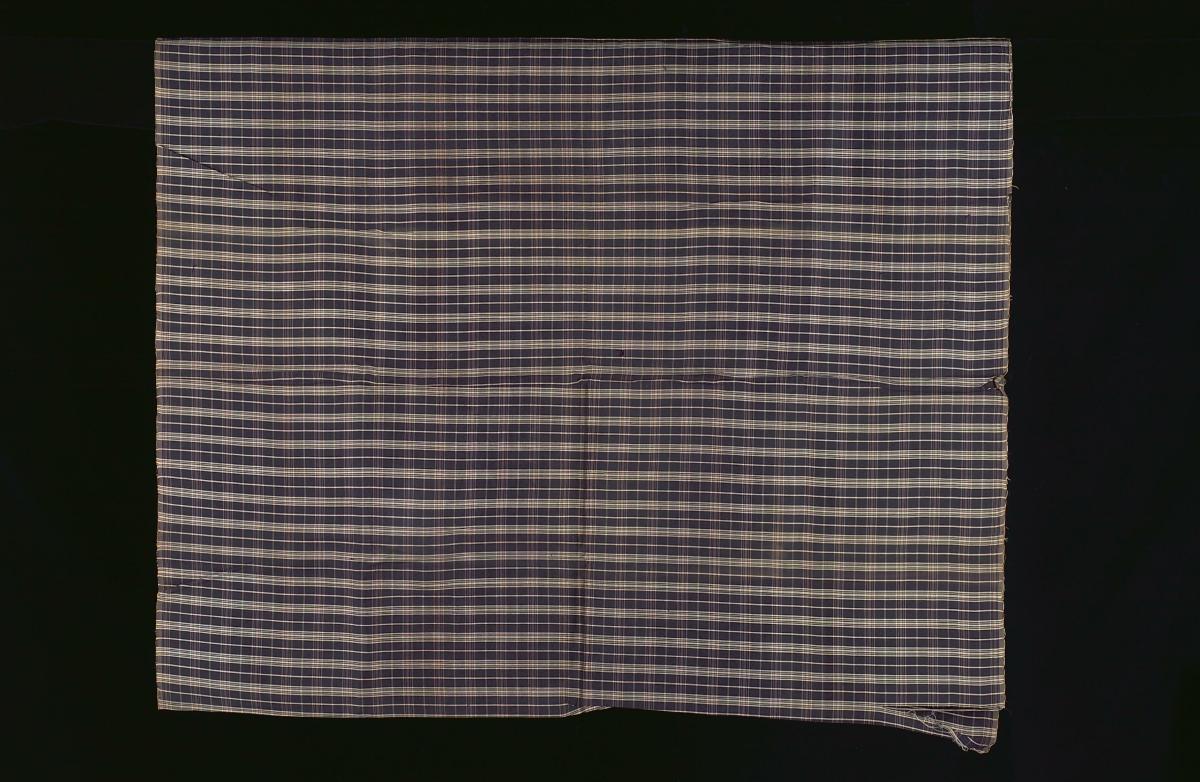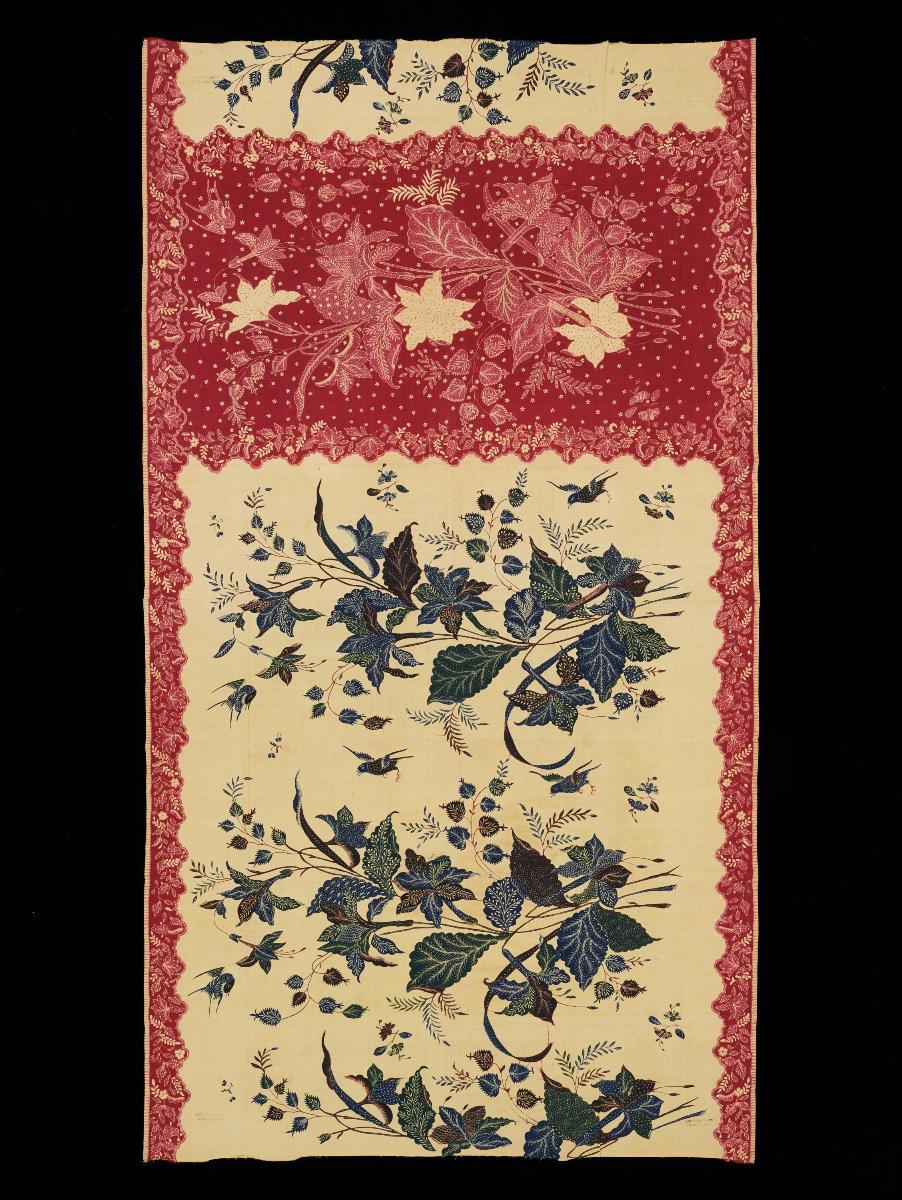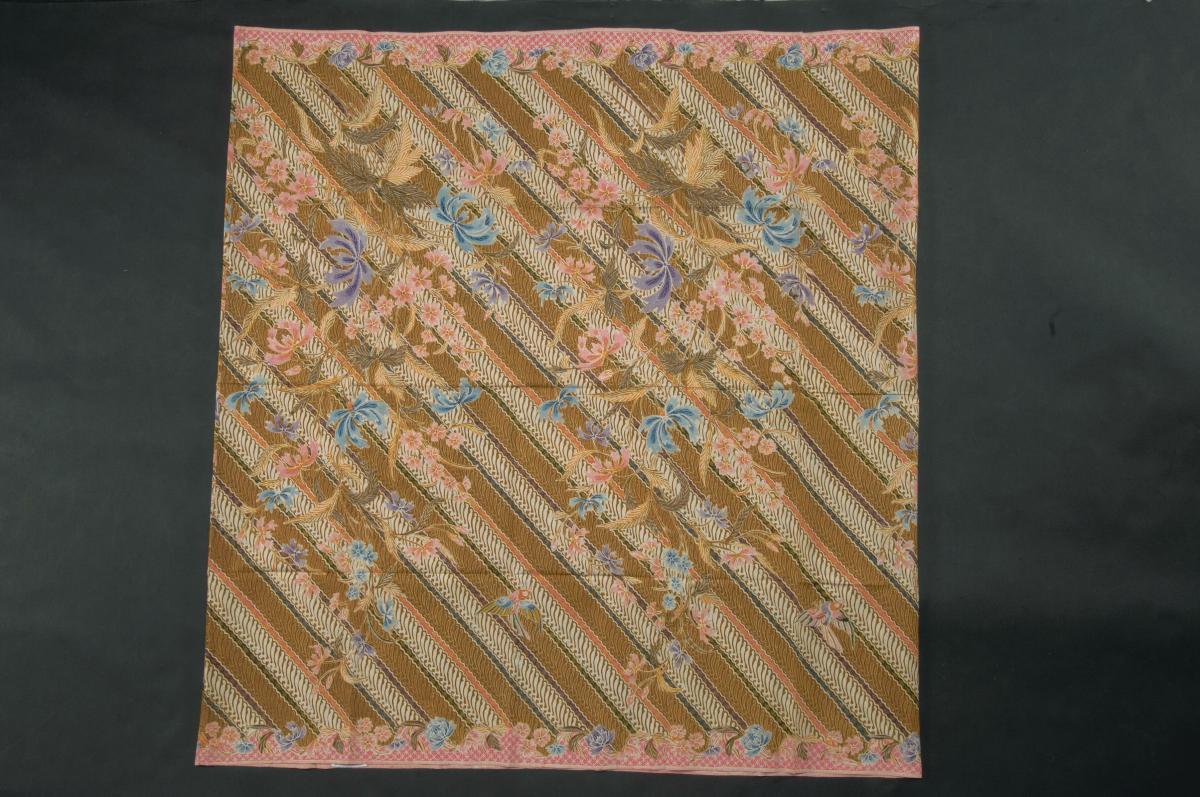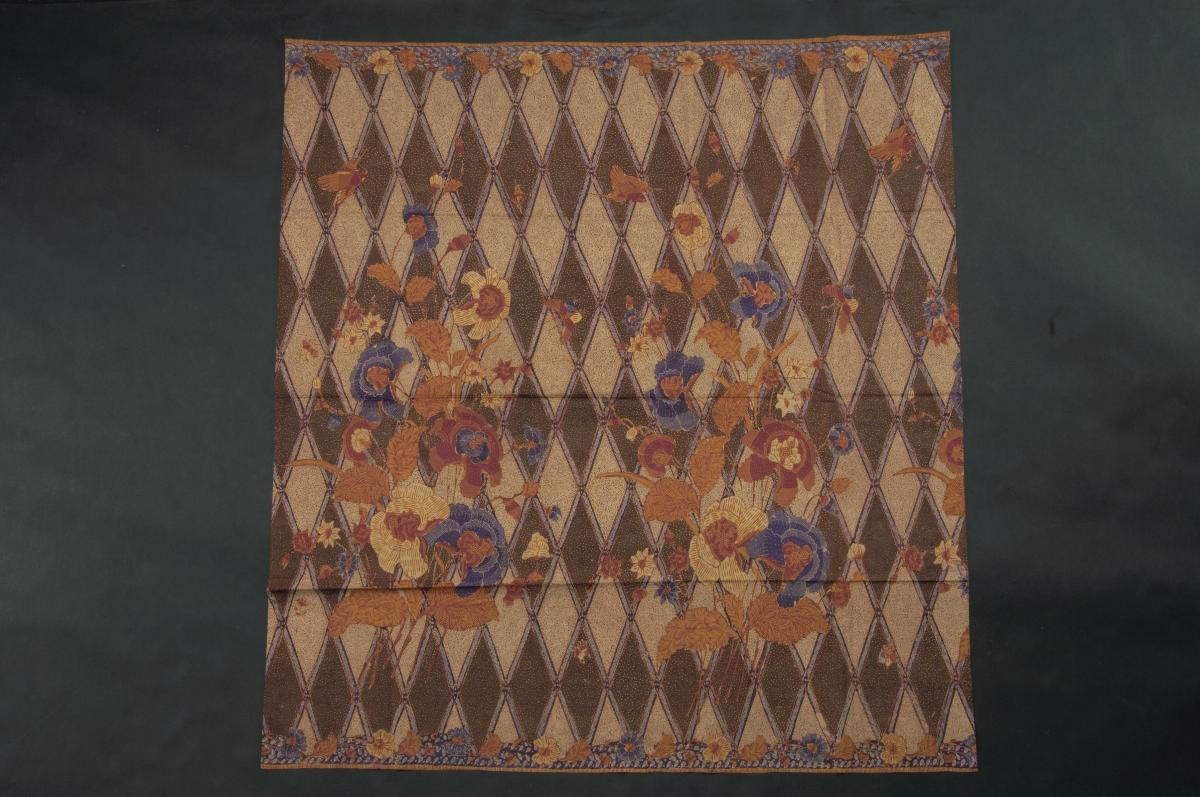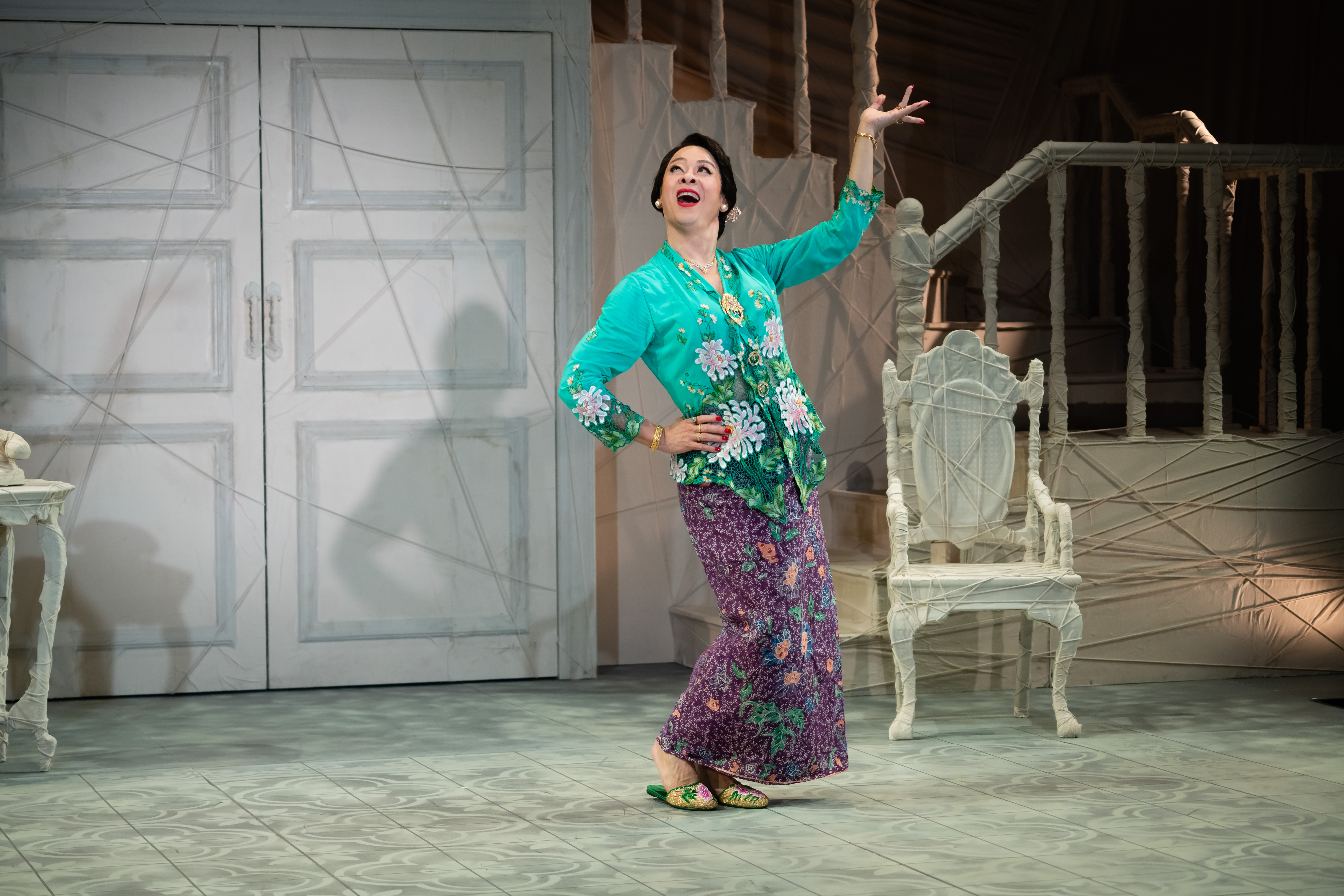During 18th and 19th centuries, the majority of Burmese everyday clothing was woven from locally produced cotton, while silk was imported from China. A family’s clothing was traditionally woven by the Burmese women. At this time, a wide variety of natural dyes were used to make brightly coloured and boldly patterned textiles and weaving was deeply rooted in the Burmese life. Changes in lifestyle over the centuries brought about some modifications to the basic Burmese traditional wear – from the more voluminous and elaborate hip wrappers to the narrower, tubular 'longyi'. Stripes and plaid cotton were worn by all. This cotton sarong with narrow indigo and white stripes in warp and weft, is worn around the waist, folded into a neat pleat on one side and then tucked into the attached waistband.Most Shan people wear cotton for everyday wear and silk was used only on special occasions. Formerly known as the Shan States, the Shan State covers areas bordering China, Laos, Thailand and Burma and is home to a number of ethnic groups who live on these borders.




